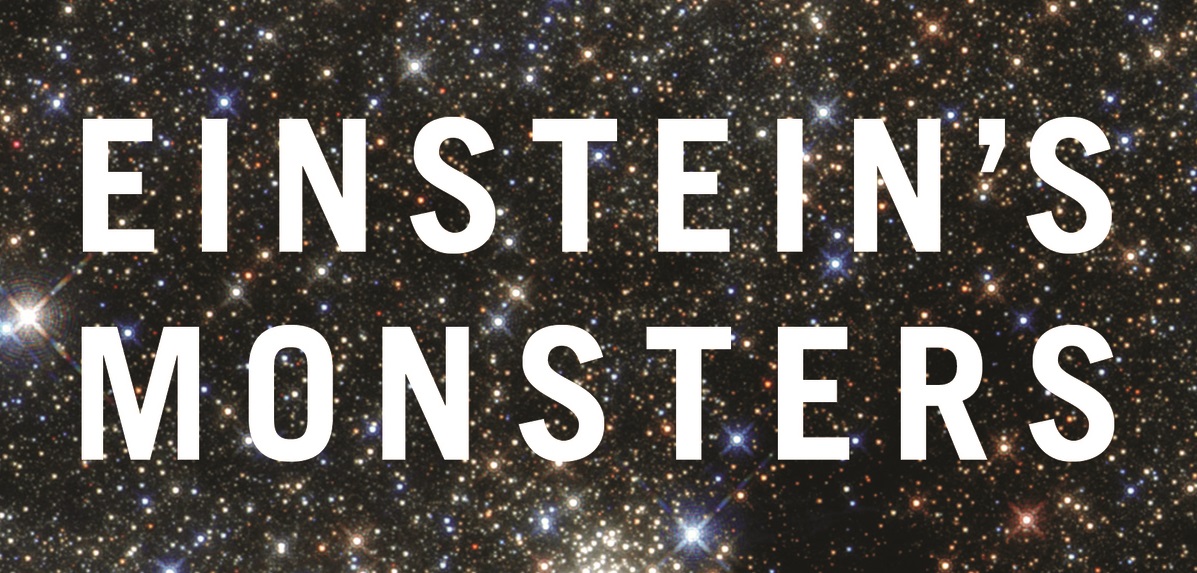
Black holes occupy a singular place in modern science and in the public mind. The idea of an object with gravity so strong that even light can’t escape begins with general relativity, yet even Einstein couldn’t accept the implications of his theory. Several dozen black holes in binary star systems have been firmly identified, and astronomers have learned that every galaxy hosts a massive black hole, ranging up to billions of times the mass of the Sun. Black holes seem deceptively simple, described by mass and spin, but Stephen Hawking showed they have temperature and slowly evaporate. Theorists struggle to understand the singularity, and what happens to information that falls into the event horizon. We recently entered an exciting era with the detection of gravitational waves from merging black holes. Astronomers plan to use black holes, large and small, to test general relativity in new ways. Black holes have still not given up all their secrets.
Chris Impey is a University Distinguished Professor of Astronomy and Associate Dean of the College of Science at the University of Arizona. He has over 180 refereed publications on observational cosmology, galaxies, and quasars, and his research has been supported by $20 million in NASA and NSF grants. He has won eleven teaching awards and has taught two online classes with over 180,000 enrolled and 2 million minutes of video lectures watched. Chris Impey is a past Vice President of the American Astronomical Society and he has been an NSF Distinguished Teaching Scholar, the Carnegie Council’s Arizona Professor of the Year, and most recently, a Howard Hughes Medical Institute Professor. He’s written over 50 popular articles on cosmology and astrobiology, two introductory textbooks, a novel called Shadow World, and eight popular science books: The Living Cosmos, How It Ends, Talking About Life, How It Began, Dreams of Other Worlds, Humble Before the Void, Beyond: The Future of Space Travel, and Einstein’s Monsters: The Life and Times of Black Holes.
Image credit: Book cover provided by the publishers

